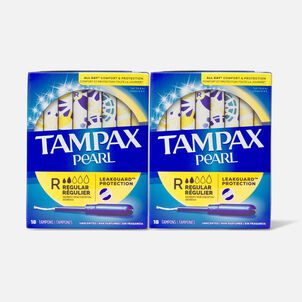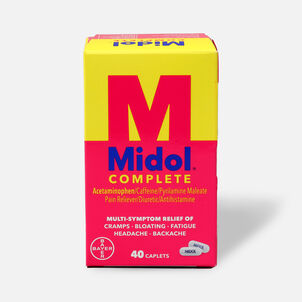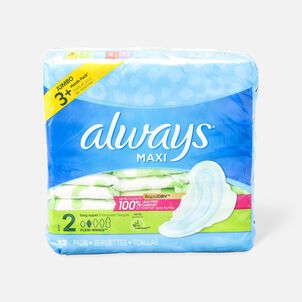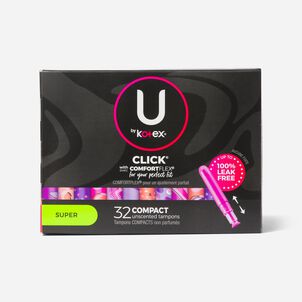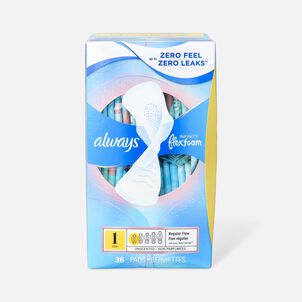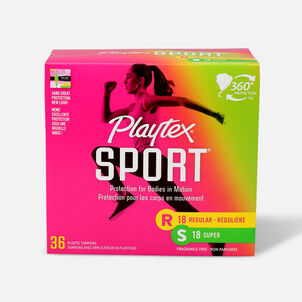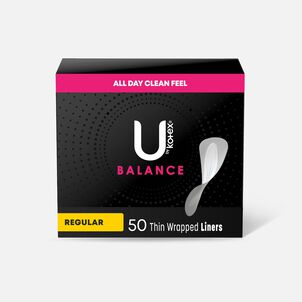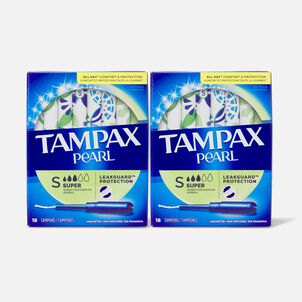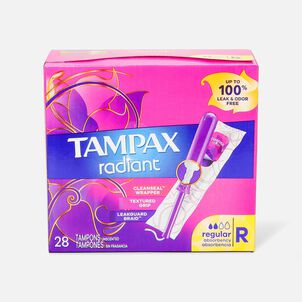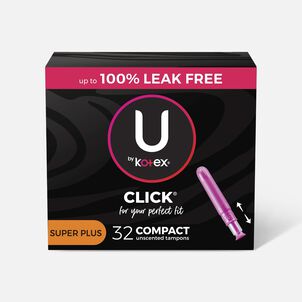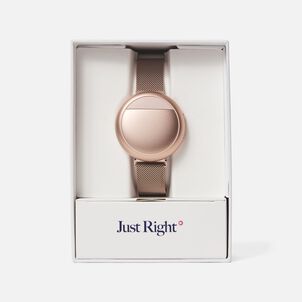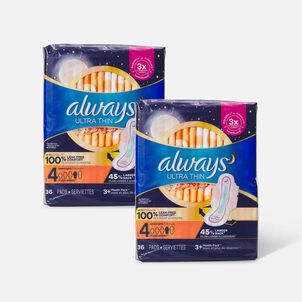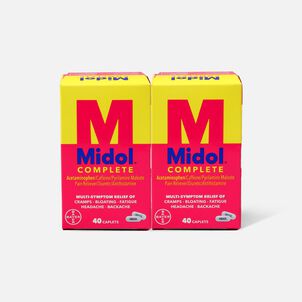The Ultimate Guide: What is a menstrual cup
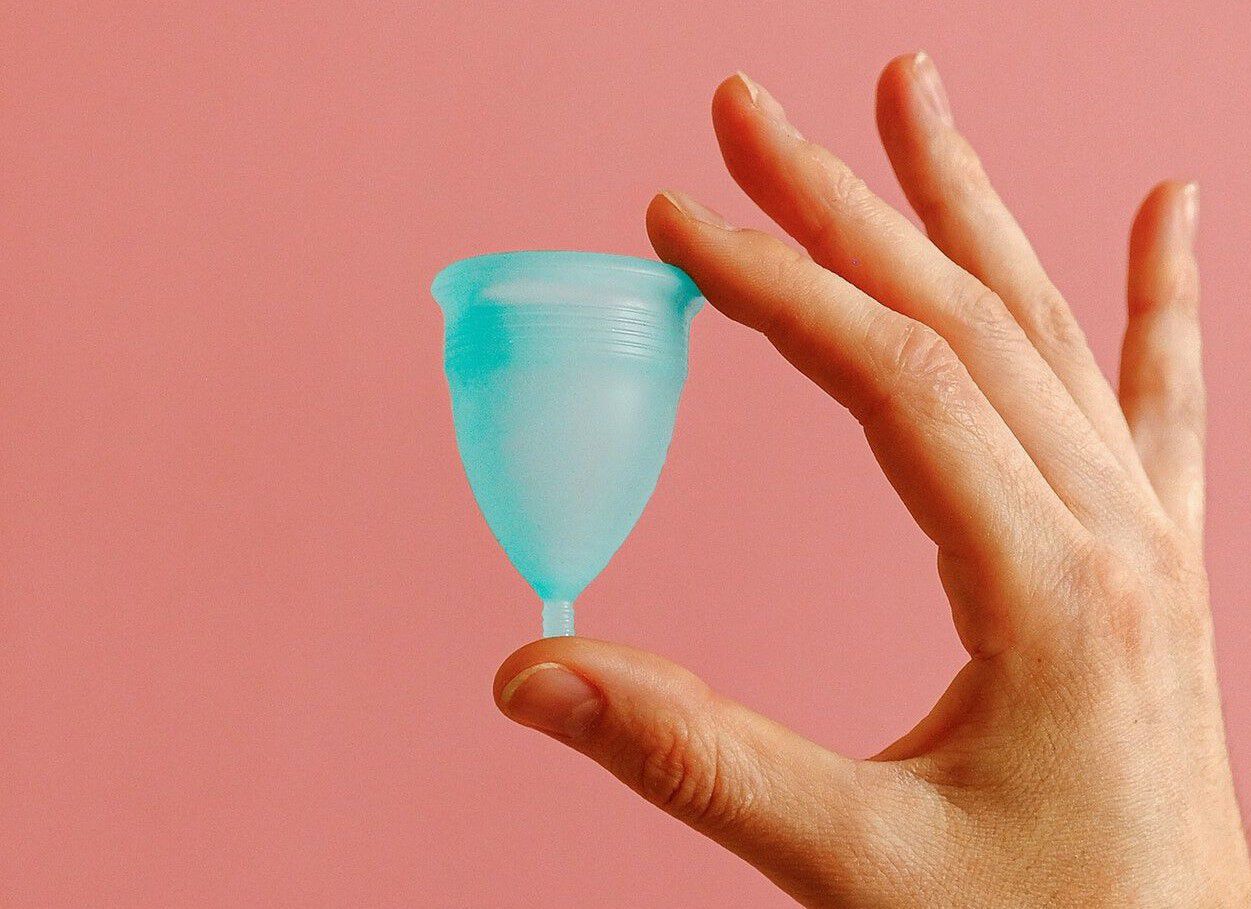
Period discomfort is often a mix of physical pain, annoying logistics and excessive costs. Women spend hundreds of dollars and countless hours worrying about their menstrual cycle. They may stress about having feminine hygiene products on-hand, run to the bathroom when they feel leakage and even save old underwear to use during that time of the month.
But the advent and rising popularity of the menstrual cup can remove many of those problems - even though many women remain unaware of their benefits. They may seem confusing and scary at first glance, especially if you don't know anyone who uses one.
Read below to find out everything you need to know about the menstrual cup - what it is, how it works and whether or not it's right for you.
What is a Menstrual Cup?
Menstrual cups may sound like newfangled devices, but they've actually been around for a while. Menstrual cups were first patented in 1867 - well before the first tampon patent.
Today's menstrual cups are made out of a flexible medical-grade silicone cup that fits into your vagina, absorbing menstrual fluids during your monthly cycle. You don't feel them when inserted correctly, and they're also leak-proof.
These new period products are safe to keep in your body for about 12 hours at a time, while tampons should only be used for a maximum of eight hours. Like tampons, using menstrual cups beyond their suggested recommendation can cause Toxic Shock Syndrome, a serious condition that can lead to death in extreme cases.
When using a menstrual cup, set a timer on your phone reminding you to remove it as soon as you're close to the 12 hour mark. When the time comes to remove it, insert your fingers into your vagina until you find the seal. Then, lightly press the sides of the reusable cup until the suction seal breaks. Remove it slowly, empty the contents in the toilet and wash with unscented gentle soap and warm water.
If you don't have access to mild soap, you can use a mixture of vinegar and water. Once the menstrual product is clean and dry, you can reinsert it immediately. When your menstruation period is over, sanitize the cup in boiling water so it's clean before your next period.
This feminine hygiene product is incredibly durable, and some brands last up to a decade even with regular menstrual cup use. Women who use menstrual cups appreciate that they're an environmentally-friendly alternative to tampons or pads.
Types of Menstrual Cups
These are the most common menstrual hygiene brands that produce menstrual cups:
- DivaCup
- Blossom
- Lena
- Saalt
- Softcup
Most brands carry two or three different sizes: a small for young girls or teens, a medium for women in their 20s and a large for women over 30 or those who have given birth.
The right size also depends on the shape of your cervix. Take this menstrual cup quiz to find out what size period cup is right for you. They'll suggest a specific brand and size that fits your monthly menstrual flow, lifestyle and cervix placement.
While menstrual cups are more expensive upfront than a box of tampons or pads, they're only about the cost of four boxes of tampons. Because leaks are less common with menstrual cups than tampons and pads, you won't have to constantly throw out underwear that gets period stains.
Some companies make disposable, 12-hour menstrual cups. These may be a good alternative if you're traveling, camping or going to a place where washing a reusable menstrual cup isn't an option. These usually cost about $1 per cup and come in packs of 12.
You can buy menstrual cups at drugstores, in the feminine care aisle of grocery stores and at online retailers like FSAstore.com.
Downsides of Menstrual Cups
While menstrual cups have several obvious benefits, there are some drawbacks that women should be aware of before investing in one.
Cleaning can be awkward
If you're emptying a reusable menstrual cup at home, cleanup isn't likely to be an issue. But if you're at work or living in a dorm, it might be difficult to clean the menstrual cup discreetly.
There are wipes you can purchase to clean the menstrual cup in a more private location. Keep a stash of these in your purse, work desk or car. You can buy these wipes online, in drugstores or from other large retailers.
More expensive upfront
For $7, you can buy a 34-count box of tampons or a 42-count box of pads. Menstrual cups cost between $25 to $40 so women living on a tight budget may struggle with the initial cost.
To save money, look online for menstrual cup coupons. Some manufacturers may provide a discount code when you visit their website.
Since period products are now considered qualified medical expenses, you can also use money from your FSA or HSA to pay for one.
Insertion can be uncomfortable
Women who use pads or panty liners may be uncomfortable inserting a menstrual cup, and it can take a few tries to get the hang of it.
Even women who normally use tampons may find it difficult to use a menstrual cup. Make sure to read the directions carefully, talk to friends who have used them, and watch an instructional video first. When it's time to remove the cup, squat down over the toilet like you're having a bowel movement. This makes it easier to break the seal.
Risk of leaks
While menstrual cups are generally more leak-proof than tampons and pads, they're not 100% guaranteed. If you buy a period cup that's too small or you don't insert it correctly, there's a chance of leakage.
That's why it's important to buy the right size and make sure the suction seal is in place. When you're first starting out, consider using a thin pad or panty liner in addition to your menstrual cup. If you have a pair of period panties, consider wearing them.
These precautions may prevent any problems in case the reusable cup is too small or positioned incorrectly. You'll likely become more comfortable with it after a few cycles.
Thanks for visiting the FSA Learning Center! To stay on top of all FSA news that can affect your health and financial wellness, be sure to follow us on Facebook and Twitter.
Zina Kumok
Zina Kumok is a freelance writer specializing in personal finance. A Certified Financial Health Counselor and Student Loan Counselor, she also works as a money coach helping people one-on-one at Conscious Coins. She has been featured in Lifehacker, DailyWorth and Time. She paid off $28,000 worth of student loans in three years.
